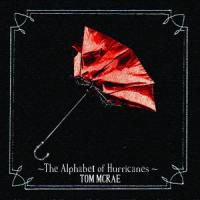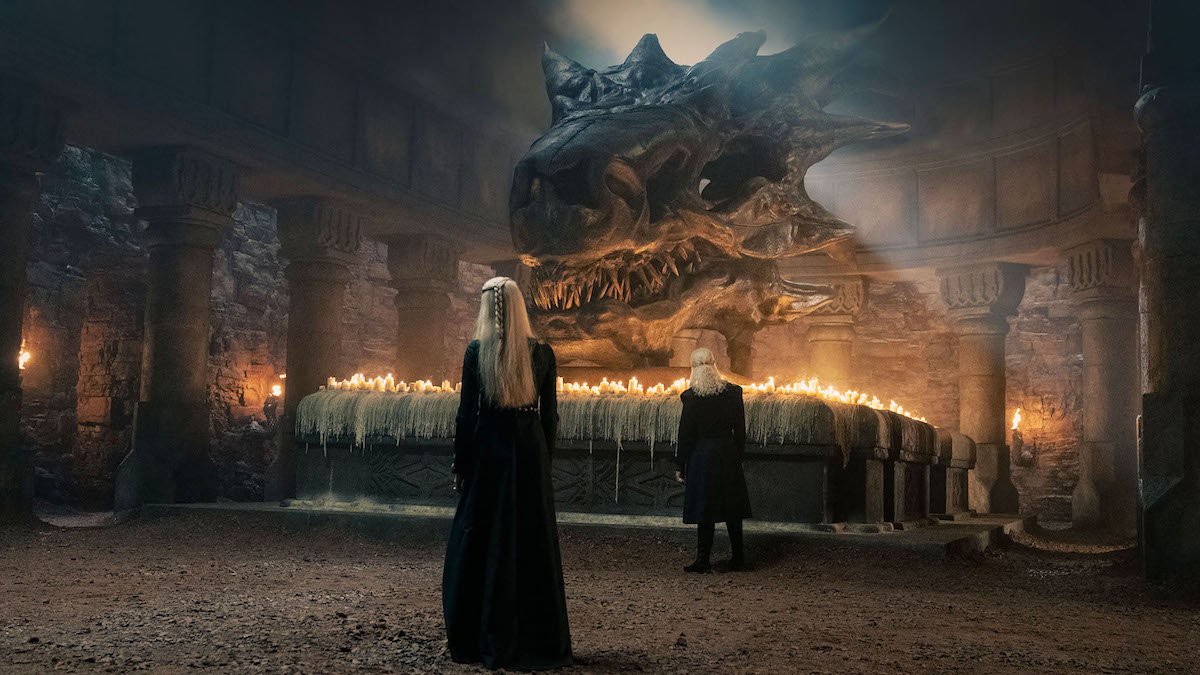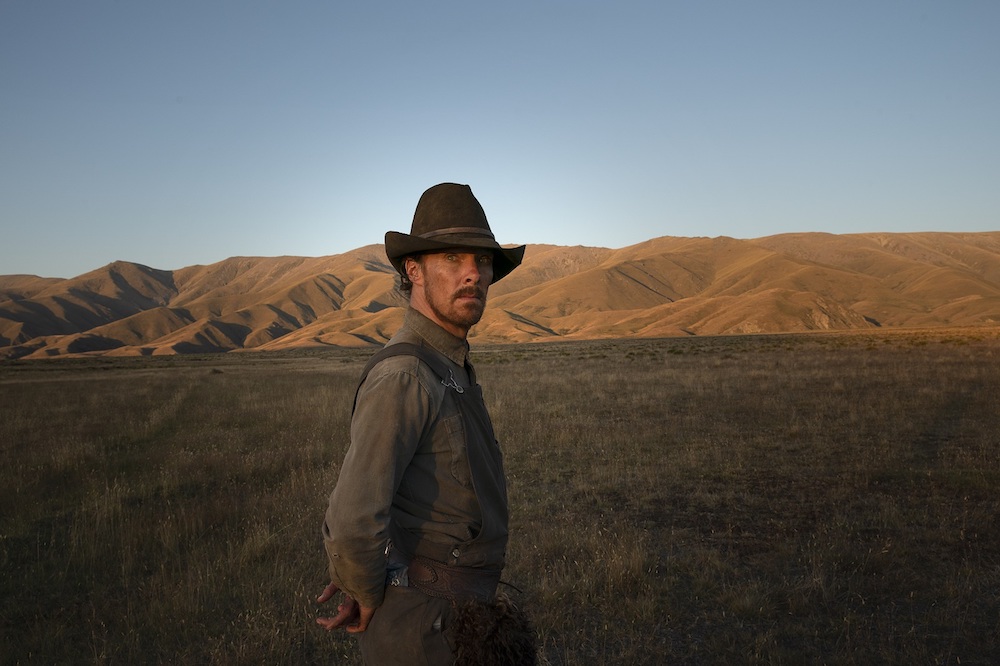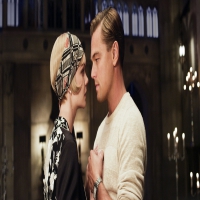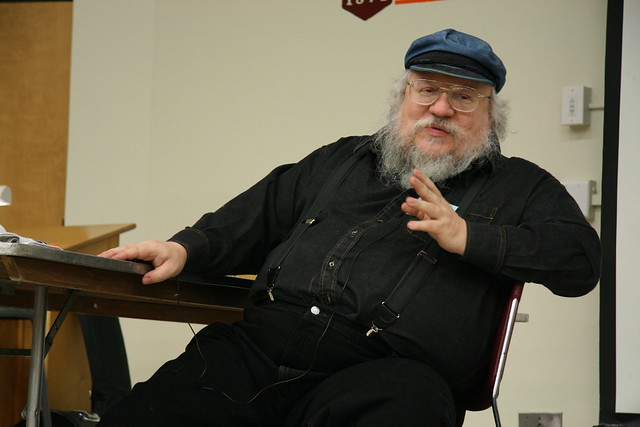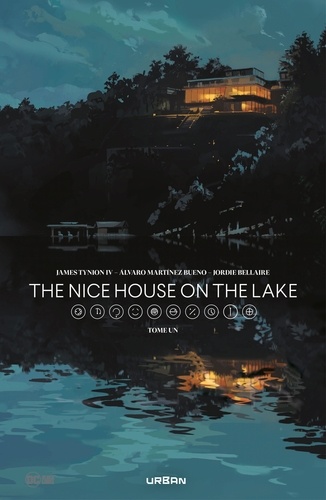D'Hancarville. The Complete Collection of Antiquities from the Cabinet of Sir William Hamilton
Rédacteurs
Dossiers

Livres, actualités : tout sur Andrée Chedid
Née le 20 mars 1920 au Caire, en Égypte, sous le nom Andrée Saab, Andrée Chedid y mène ses études, apprenant le français et l'anglais, et utilisant de manière ponctuelle l'arabe. Avec son mari Louis Selim Chedid, qu'elle épouse en 1942, elle part au Liban l'année suivante, où elle publie son premier recueil poétique, On the Trails of My Fancy, sous le pseudonyme A. Lake.

Game of Thrones, des livres de George R.R. Martin à la série HBO
Né en 1948 aux États-Unis, George R.R. Martin écrit au départ pour créer de nouvelles histoires mettant en scène les super-héros Marvel, puis pour tuer le temps, alors qu'il peine à trouver un emploi dans le secteur du journalisme. Petit à petit, il devient un auteur confirmé de nouvelles de science-fiction. Après avoir commencé une carrière comme scénariste de séries télévisées, il commence, au début des années 1990, à rédiger une saga de type fantasy, intitulée A Song of Ice and Fire et traduite en français sous le titre Le Trône de Fer.

Foire du Livre de Francfort 2019 : la Norvège à l'honneur
La Foire du Livre de Francfort 2019, 71e édition, se déroulera du 16 au 20 octobre. L'un des plus importants salons du monde du livre européen fera cette fois une place d'honneur à la Norvège. « The dream we carry », ou le « Le rêve que nous faisons », titre du programme mis en œuvre par le pays, promet beaucoup, et notamment des focus sur la liberté d'expression et sur les auteurs et livres féministes.

Le trône de fer : les livres de la saga A Song of Ice and Fire de George RR Martin
Le trône de fer est une immense saga d’héroïque fantasy qui s’inspire de la série des Rois maudits de Maurice Druon. C’est au début des années 1990 que Georges R.R. Martin commence à écrire Le trône de fer, le premier volume est publié en 1996. En 2007, la chaine de télévision HBO acquiert les droits d’adaptations. L’auteur lui-même participe à sa production et écrit le scénario d’un épisode par saison.

Bibliophilie : les Collections Aristophil
Les documents des collections Artistophil balayent toutes les périodes de l’humanité, depuis l’Antiquité, jusqu’au XXe siècle. La maison de ventes Aguttes s’est vue confier par le tribunal de Commerce la mission d’inventorier, conserver et restituer les œuvres qui en étaient issues.

7 lieues, la collection d'aventures dans la poche
Les éditions Milan ont choisi de faire chausser des bottes aux jeunes lecteurs, à partir de 7 ans, pour vivre des aventures incroyables. Et pas n’importe quelles bottes : celles de 7 lieues, du nom de leur nouvelle collection. Deux séries ouvrent le bal de cette aventure éditoriale : La Famille Rollmops et ses voyages invraisemblables et La Cabane, une histoire d’enfants, interdite aux grands.
Extraits
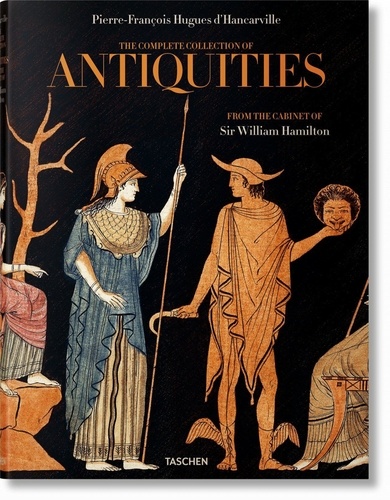
Objets d'art, collection
D'Hancarville. The Complete Collection of Antiquities from the Cabinet of Sir William Hamilton
07/2022
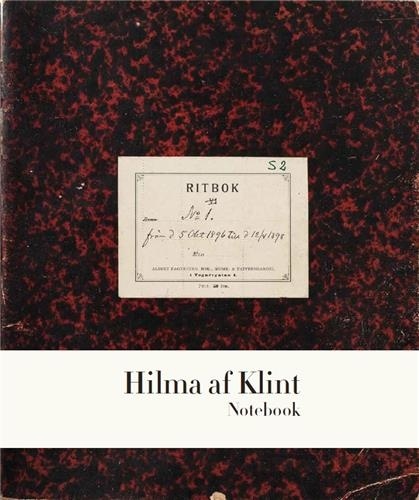
Monographies
Hilma af Klint. The Five Notebook 1
01/2022
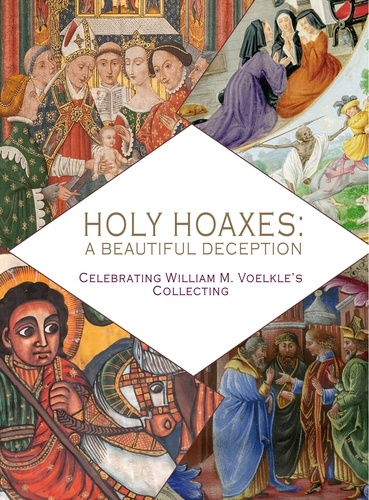
Vitraux, enluminures
Holy Hoaxes. A Beautiful Deception
04/2023
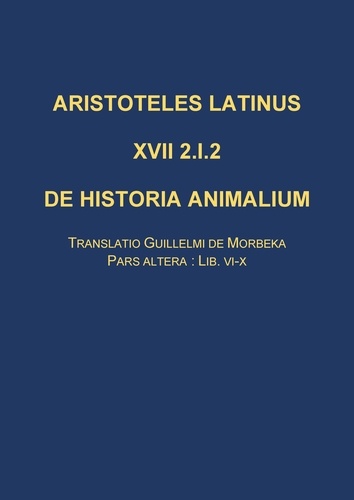
Aristote
De historia animalium. Translatio Guillelmi de Morbeka, Pars altera: lib. VI-X. Edition bilingue anglais-latin
05/2021

Histoire et Philosophiesophie
The Undergrowth of Science. Delusion, self-deception and human frailty
01/2000
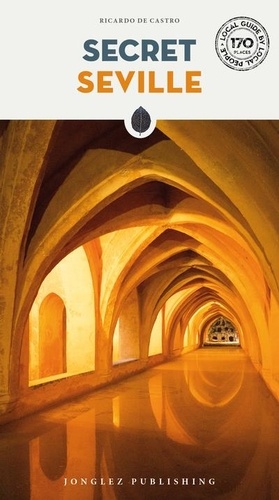
Espagne
Secret Seville
04/2022

